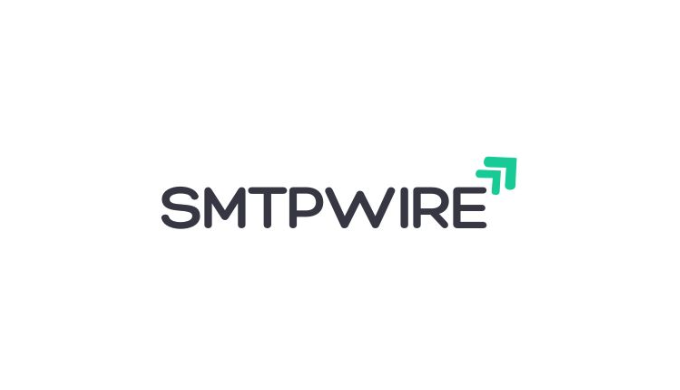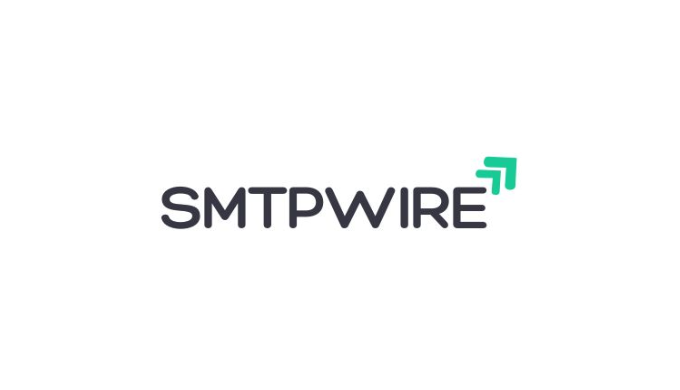Top 5 Reasons Why Your Emails Land in Spam (And How to Fix It in 2025)

Strong 8k brings an ultra-HD IPTV experience to your living room and your pocket.
If you’ve ever sent out a marketing email and felt proud of your copy, only to realize later it never made it to your audience’s inbox, you’re not alone. It’s one of the most common pain points marketers and business owners face today. Your email goes straight to spam, and all your effort gets wasted. The truth is, inboxing in 2025 is not about luck—it’s about strategy and the right infrastructure.
In this post, we’ll break down the top 5 reasons your emails might be landing in spam and what you can do right now to fix it.
1. You’re Using a Poor SMTP Server
Not all email servers are created equal. Using free or low-grade SMTP services can damage your sender reputation. These platforms often group your emails with hundreds of unknown senders. If any of them have a history of spam complaints or blacklisting, your chances of inboxing are immediately lowered.
To solve this, switch to a reliable and dedicated SMTP server like SMTPWire. It gives you control over your IP reputation, email tracking, and deliverability performance.
2. You Skipped SPF, DKIM, and DMARC
Email authentication protocols aren’t optional anymore. Internet service providers (ISPs) want to verify that your emails are coming from where they say they are. If your domain doesn’t have proper SPF, DKIM, or DMARC records set up, your messages are seen as suspicious.
The good news? Providers like SMTPWire help set these records up automatically during onboarding. Once done, your email legitimacy improves instantly.
3. Your Email List is Not Clean
Sending to outdated or purchased lists is a sure way to trigger spam filters. Hard bounces, fake addresses, and inactive users affect your sender score. A bad list equals bad reputation.
Keep your lists clean. Use double opt-ins and regularly scrub your database. Most importantly, use bounce management tools like the ones included in SMTPWire’s email infrastructure.
4. You’re Not Warming Up New IPs or Domains
If you suddenly start sending thousands of emails from a fresh IP or domain, you’ll raise red flags. Spam filters are designed to notice this behavior and respond aggressively.
The fix? Warm up slowly. Gradually increase your send volume over a few weeks. Use automated warm-up sequences like the ones offered by SMTPWire’s dedicated server plan.
5. You’re Sending Low-Engagement Content
Even if your tech is perfect, if your content is irrelevant or spammy, users won’t open it—or worse, mark it as spam. Too many complaints, low open rates, and high unsubscribe rates send a clear signal to inbox providers: your emails are not welcome.
Make your content valuable. Use simple language, write like a human, and avoid spammy phrases like “Buy now!” or “Click this.”
Also, test subject lines and use A/B testing. Tools from SMTPWire’s analytics dashboard help you track what’s working and what’s not.
Conclusion
Inbox placement is a science. Every part of your email system—from the server you use, to your domain setup, to the content you send—matters. You don’t need to be a tech expert to fix these things, but you do need the right tools.
If you’re ready to take control of your email delivery, try SMTPWire. It’s built for inbox-first email sending, whether you’re a beginner or a pro.
Note: IndiBlogHub features both user-submitted and editorial content. We do not verify third-party contributions. Read our Disclaimer and Privacy Policyfor details.






